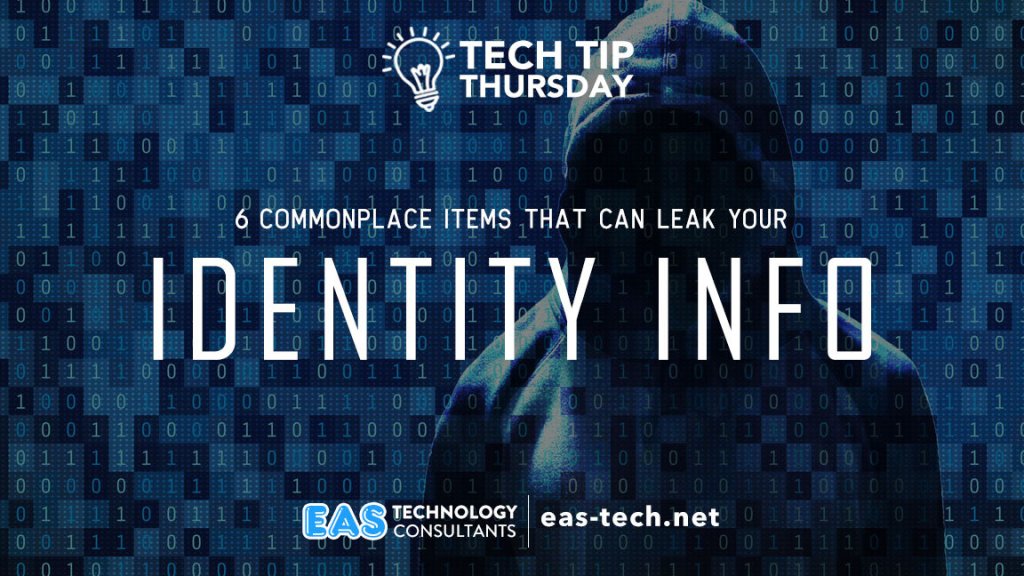
Identity theft is a serious crime that can result in significant financial and emotional harm. Criminals can use a variety of methods to obtain personal information that can be used to steal identities, and one increasingly common way is through everyday objects that are not properly disposed of or secured. This includes old smartphones, wireless printers, old hard drives, unsecured wireless printers, thumb drives, and paper trash.
Old smartphones are a treasure trove of personal information that can be used for identity theft. Even if you think you have wiped your phone clean, some information may still be retrievable by a determined hacker. This includes saved passwords, credit card information, and sensitive documents such as tax returns or medical records. Thieves can also use your phone to gain access to your email or social media accounts, where they can find even more personal information.
Wireless printers can also pose a significant risk if they are not properly secured. Hackers can use unsecured printers to gain access to sensitive documents that are being printed, such as tax returns or bank statements. They can also use the printer to gain access to the network it is connected to, which can provide them with even more information to use for identity theft.
Old hard drives are another potential source of personal information that can be used for identity theft. Even if you have deleted all the files on your old hard drive, they can still be recovered using specialized software. This includes sensitive documents such as tax returns or financial statements, as well as login information for online accounts.
Unsecured wireless networks are a major vulnerability that can lead to identity theft. If your wireless network is not properly secured, hackers can gain access to all the information that is being transmitted over the network. This includes login information for online accounts, credit card information, and sensitive documents that are being sent or received.
Thumb drives are another potential source of personal information that can be used for identity theft. If you have used a thumb drive to store sensitive documents, such as tax returns or financial statements, and then lost the drive or had it stolen, a thief could use the information to steal your identity. It is important to keep track of your thumb drives and encrypt any sensitive information that you store on them.
Finally, paper trash can also be a source of personal information that can be used for identity theft. This includes things like bank statements, credit card offers, and other documents that contain sensitive information. Thieves can use this information to open new accounts in your name or to access existing accounts.
To protect yourself from identity theft, it is important to properly dispose of and secure everyday objects that may contain personal information. This includes wiping old smartphones and hard drives clean, properly securing wireless printers and networks, encrypting sensitive information stored on thumb drives, and shredding paper documents that contain sensitive information. By taking these simple steps, you can help protect yourself from this increasingly common and damaging crime.
